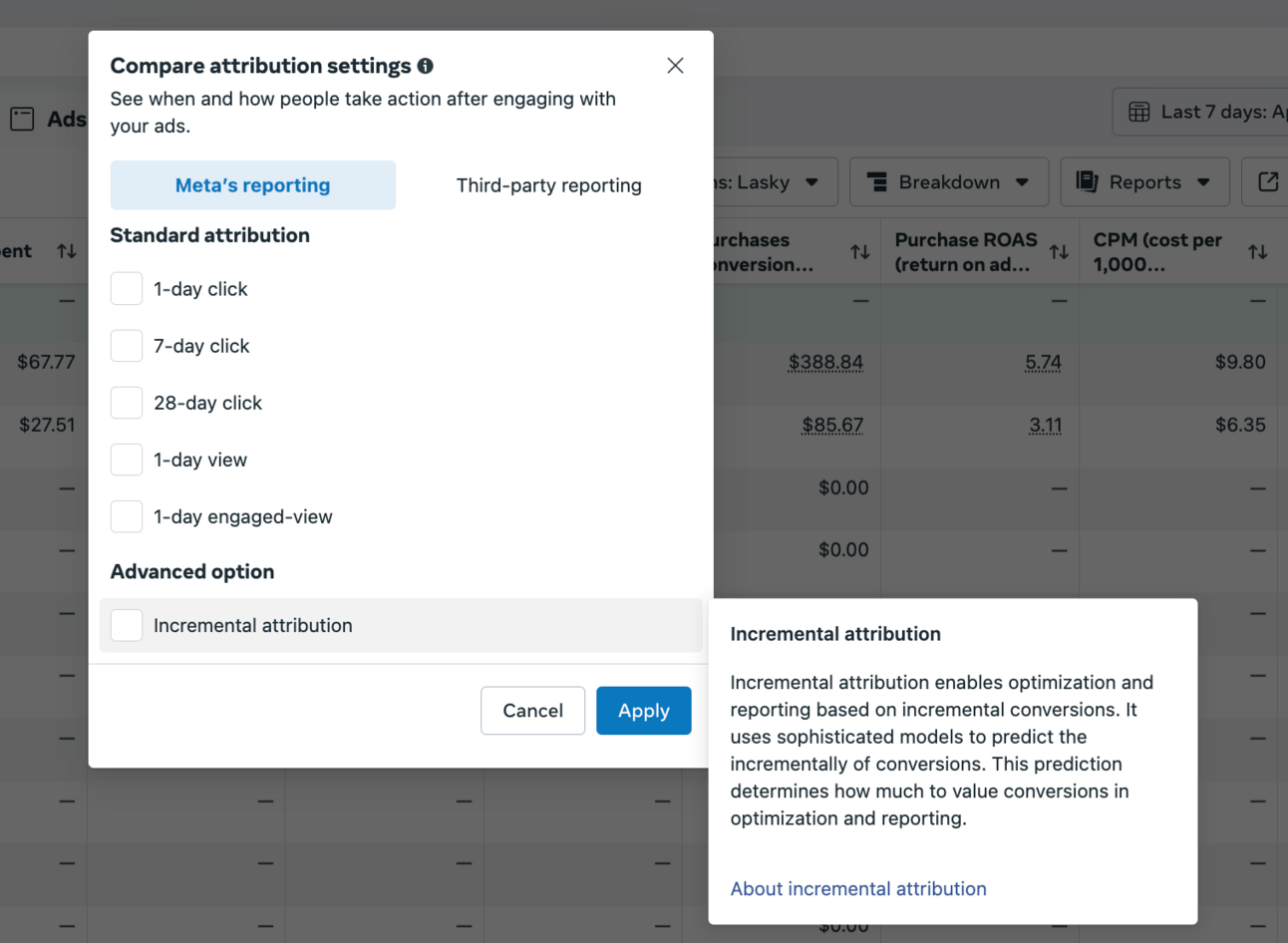
Because “just throw money at it” isn’t a marketing strategy.
Good morning. In this edition:
⚡ Design system components
🔥 Creating a design system
💥 Meta’s new incremental attribution
Design System Components
A fully realized design system typically includes these key components:
1. Brand Book
The foundational document that captures your brand's essence and visual identity. The brand book focuses primarily on the "why" and "what" of your brand identity.

2. Pattern Library
A living collection of UI components and patterns. Pattern libraries focus on the "how" of implementation, often with code snippets and working examples.

3. Documentation
The guidelines that ensure proper implementation. Good documentation turns abstract concepts into practical applications.

Creating A Design System

Building an effective design system requires thoughtful planning:
1. Audit Your Current State
Document existing design patterns and inconsistencies
Identify pain points in the current design process
Catalog components already in use across platforms
Assess accessibility compliance
Gather stakeholder pain points and needs
2. Define Core Elements
Establish design principles that align with brand values
Create your foundational color system
Develop typography scales and hierarchies
Design your spacing and layout system
Build your basic component library
3. Develop Governance
Establish ownership and maintenance responsibilities
Create contribution processes
Define versioning approach
Plan for design system evolution
Document decision-making frameworks
4. Build Buy-In
Demonstrate tangible benefits to leadership
Create showcase examples for early adopters
Develop training and onboarding materials
Celebrate wins and improvements
Share success metrics
5. Evolve Continuously
Regularly review and refine components
Incorporate user feedback
Measure adoption across teams
Benchmark against best practices
Scale thoughtfully as the business grows
Common Pitfalls to Avoid
Even well-intentioned design systems can falter. Watch out for these common issues:
Over-Engineering: Creating an excessively complex system that teams find too cumbersome to use. Start with core components and add complexity as needed.
Under-Resourcing: Failing to allocate ongoing resources for maintenance and evolution. Design systems are products, not projects.
Lacking Executive Support: Without leadership buy-in, design systems often become optional, leading to inconsistent adoption.
Rigidity: Systems that can't adapt to changing business needs or evolving design trends quickly become obsolete.
Poor Documentation: Even the best components won't be used if teams can't easily understand how to implement them.
Meta’s New Incremental Attribution Feature

Everyone’s buzzing about Meta’s new Incremental Attribution feature. It’s a promising leap forward in measuring lift, but it still leaves a lot of room for interpretation.
Here’s the catch:
Meta defines “incremental conversions” as those that happen after a user views or clicks an ad. But if we’re aiming to isolate true incrementality, anchoring measurement to ad touchpoints muddies the waters. Are we really measuring causality or just correlation?
And when you're forced to choose between All, First, or Both conversions, you’re not just picking a metric — you’re choosing a version of the truth.
✅ Is it useful? Absolutely.
⚠️ Is it transparent? Not yet.
Let’s hope Meta keeps iterating. Because great measurement should clarify your decisions — not complicate them.
MY TAKE:
Don’t just rely on what the platform shows. Zoom out.
✅ Use backend orders
✅ Layer in CRM insights
✅ Run post-purchase surveys
✅ Compare what’s reported vs. what’s real
ICYMI
🔥 Meta quietly rolled out a new Advanced Incremental Attribution column inside Ads Manager. It shows how many of your conversions are classified as incremental — i.e., conversions that wouldn’t have happened without the ad being shown.
📊 You don’t even need to be optimizing for incremental conversions to use this column — making it a great diagnostic tool to start benchmarking your real lift.
👉 To access: In Ads Manager → Customize Columns → Compare Attribution Settings → Select Advanced
This newsletter is for you. What marketing challenges are you facing in your startup journey? Reply directly to this email with your questions or topics you'd like to see covered in future issues.
Until next week,

P.S. Found this helpful? Forward it to another founder who might benefit—we're all in this together.
